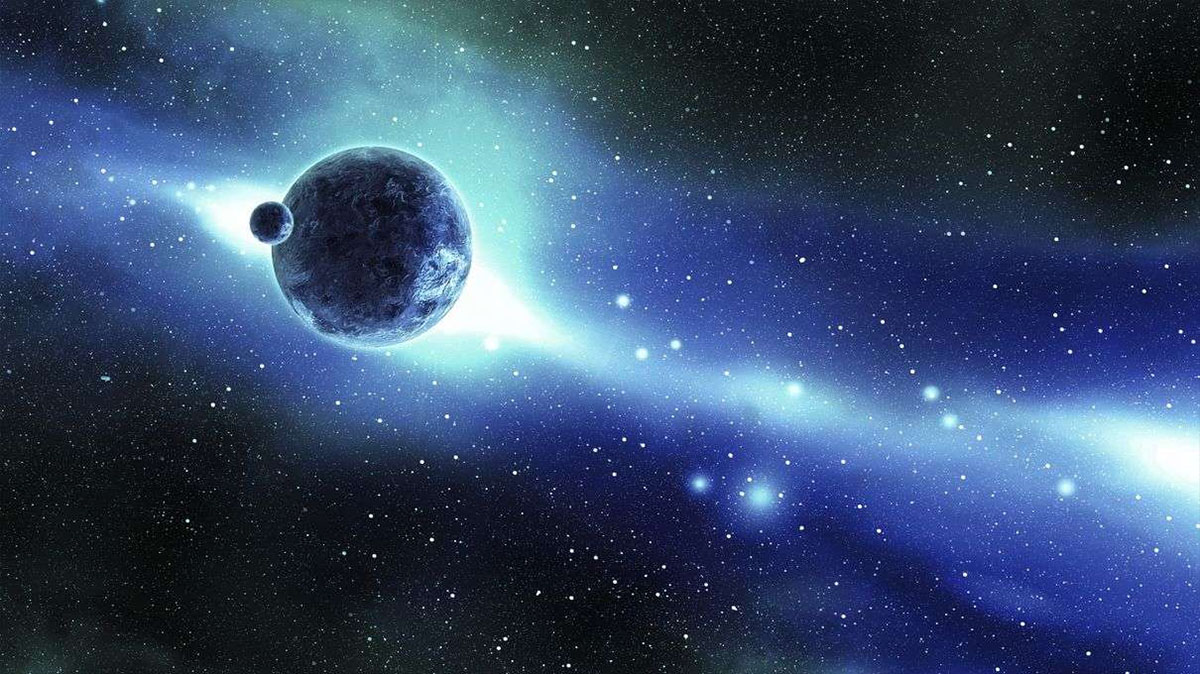yes, we’re still stuck with dark matter

By now, it’s fairly common knowledge that the visible matter we all know makes up only 4.6% of the universe, while something called dark matter takes up as much as 23% of modern cosmological models. And because we only have a placeholder on almost a quarter of everything in space, a lot of people seem very unhappy with the idea of dark matter.
This is why a recent discovery which allows astronomers to see pretty much all the distant galaxies missing from past surveys just by looking for a different hydrogen transition line, readers on every site and blog reporting this find are asking whether this signals the beginning of the end for dark matter theories. If we can now see the missing 90% of galaxies about 10 billion light years away, do we really need a bizarre form of invisible matter to explain what could be their gravitational effects on the rest of the cosmos?
The short answer? Yes, we do. While suddenly seeing the sky light up with galaxy after galaxy seems like the find of a lifetime, we have to keep in mind that astronomers already knew they were supposed to be there. It’s not that someone flipped a switch and suddenly found about nine galaxies for every one in their catalogs. No, the team which decided to look for the Hα line generated by electrons in ionized hydrogen gas stepping down in energy states did it because they knew that 90% of the galaxies which were supposed to be there wouldn’t show up when telescopes were looking for the Lyman-α line, one energy state lower than Hα.
These galaxies are also too far and too old to affect local regions of space where we can see indications of dark matter, which is also required for an explanation of these distant star cities’ spiral structures and rotational velocities. If you take away the dark matter, galactic spirals would break down as stars farther away from galactic bulges orbit slower than we’ve observed so far. Every galaxy would have an irregular shape and every star would make its way around its parent galaxy’s core according to the flow of its neighbors.
And yet, if we look out into intergalactic space, we see galaxies with beautiful spirals and stars orbiting at very similar speeds across galactic disks. Even our Milky Way, a spiral barred galaxy, is an example of dark matter at work. Without a halo of this enigmatic substance, its galactic arms would mix together into a flat disk which would churn relatively quickly close to the supermassive black hole at its core, and at a snail’s pace around its outer edges. The same goes for most of the galaxies observed so far, including many of the ones revealed by the new Hα line observations. One way to get a better grasp on the dark matter dilemma is to remember that just because it’s called matter, it doesn’t have to be anything like the matter we know.
The vast majority of this stuff is probably non-baryonic, i.e., not made of atoms from which ordinary matter is composed. That means it doesn’t build into new elements or interact with standard matter via electromagnetism. If you were to capture some dark matter and examine it, you wouldn’t actually see it, only detect its gravitational field. This is why we can only infer the presence of dark matter indirectly and just looking for more stars or large scale structures in the universe isn’t going to make it irrelevant since its effects are so widespread…





